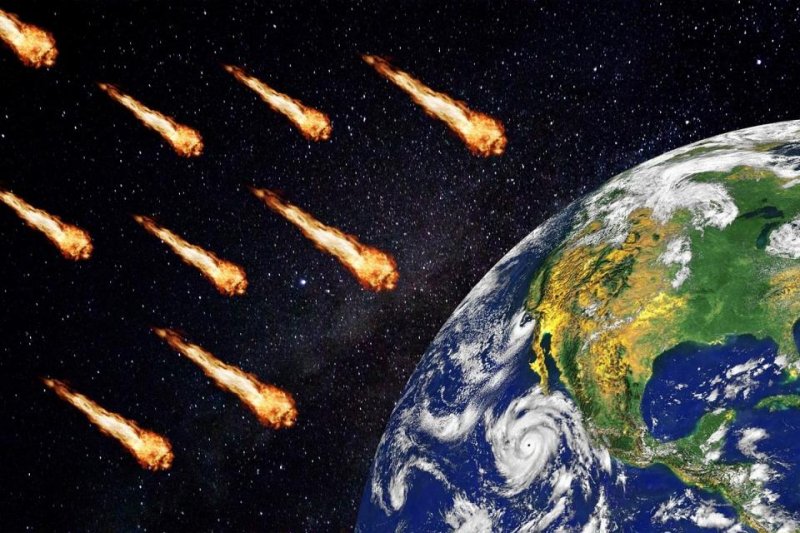Small space rocks with the potential to cause damage sometimes arrive unexpectedly, exploding in Earth's atmosphere. Photo by
Pixabay/CC
March 19 (UPI) -- According to NASA, a meteor exploded in Earth's atmosphere in December.
The fireball exploded with a force 10 times that of the energy released by the atomic bomb dropped on Hiroshima -- the equivalent of 380 million pounds of TNT -- making it the second largest of its kind in the last 30 years.
Only the Chelyabinsk meteor that exploded over southwest Russia six years ago, shattering the windows of local buildings, was larger.
The Chelyabinsk blast was seen and heard by hundreds of people. Taxi cab dash cams recorded its approach. Because the latest explosion occurred over such a remote area -- Russia's Kamchatka peninsula -- the blast went unnoticed by the public.
Lindley Johnson, planetary defense officer at NASA, told BBC News such a large explosion is only expected to occur two or three times every century.
According to NASA's fireball-tracking data, the meteor exploded at an altitude of 16 miles, traveling at speeds of 72,000 miles per hour.
NASA and other space agencies continue to work to identify and monitor the trajectories of potentially hazardous near-Earth objects, but small space rocks with the potential to cause damage regularly evade detection.
Last year, a fireball lit up the sky above the city of Lipetsk in western Russia. It too arrived unexpectedly.
Though the December fireball wasn't immediately reported -- NASA only just shared measurements of the blast -- the scientific community was aware of the blast. It was detected by a variety of sensors, including a system of military satellites designed to monitor infrasound for the signatures of nuclear bomb tests.
"An explosion of this size is not often missed," Johnson told Popular Science.















